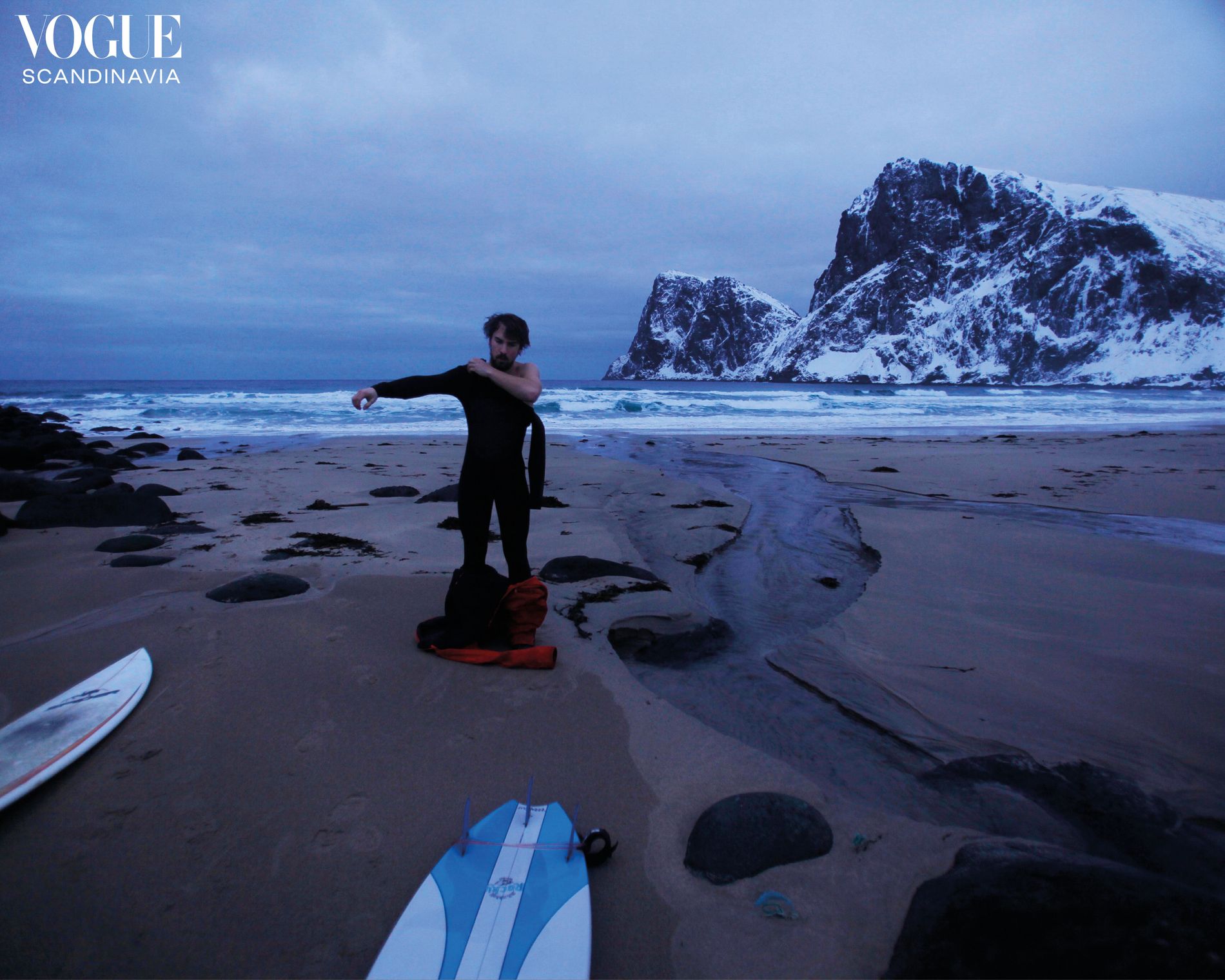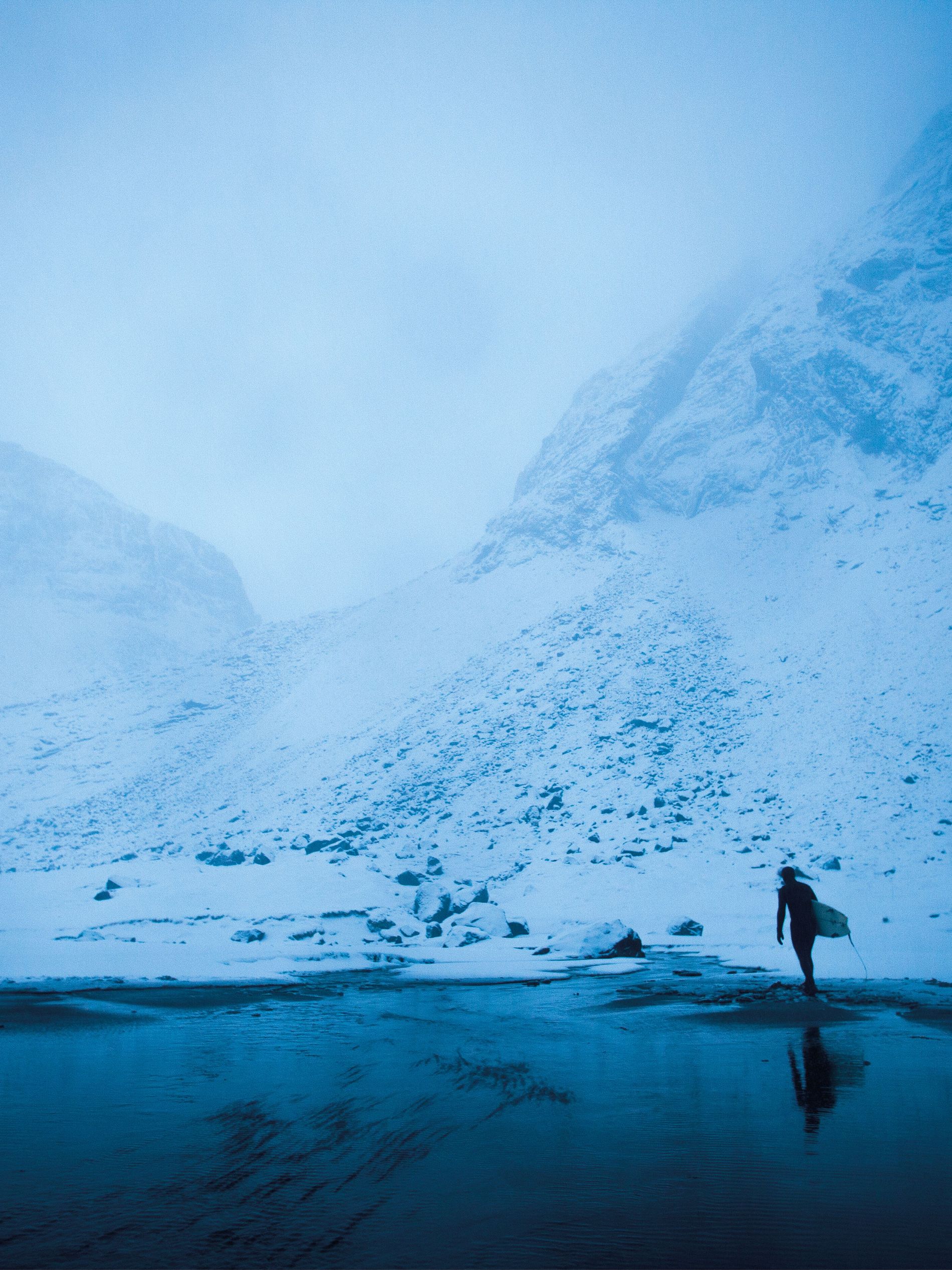With its relentless winters, Scandinavia doesn’t instantly come to mind when one thinks of surfing. Yet, an undeterred set of cold-water surfing enthusiasts are braving extreme temperatures and tempestuous conditions to catch the perfect wave
Freezing temperatures, hooded full-body wetsuits, and losing feeling in your extremities. Such imagery might not be what immediately comes to mind when you think of surfing, but for Scandinavia’s cold water surfers, these are the hallmarks of the experience. As this time of the year, when the weather turns and most of us are digging out a thicker sweater or brewing a hot beverage, they grab their wetsuits and put the kettle on for an entirely different purpose: to fill a thermos with hot water so they can soothe their toes and fingers, chilled to the bone after riding the icy waves.
“When I stop feeling my toes, which I do after one and a half hours, I go up, I put some hot water in my boots, I get the feeling back in my toes. And then I go out and can surf for another one and a half hours,” says Inge Wegge, a Norwegian filmmaker and cold water surfing enthusiast. “It’s okay,” he insists. “It’s not that bad.” There’s no official definition of what comprises cold water surfing, sometimes referred to as 'ice surfing'. Given that waters in Scandinavia don’t get especially warm even in summer and that part of the region sits within the Arctic Circle, it’s fair to say that if you’re surfing in these parts during late autumn and winter, it qualifies.

Photo: Inge Wegge & Jørn Nyseth Ranum
